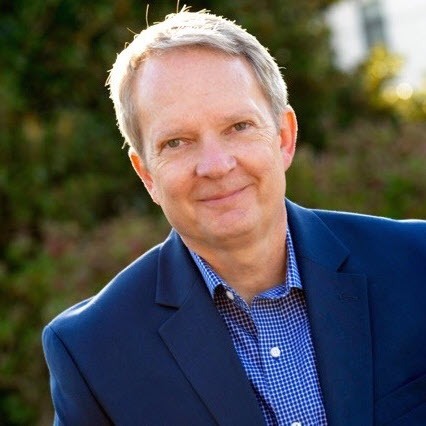The Case for Investing in Caregiving: Innovative Approaches from Top Health Systems
Almost 48 million adults in the U.S. care for another family member — an estimate the Centers for Disease Control and Prevention (CDC) closely tracks and now calls “a public health issue” for millions of Americans receiving care, as well as those providing the care.
Understanding the Challenge

Daniel Fell
The significance of the caregiving market to the health care industry — and the economy in general — can’t be overstated. Research conducted by AARP estimates the unpaid work provided by family caregivers at 36 billion hours or $600 billion, more than all the out-of-pocket health care spending in 2021.
Approximately 58 million adults are 65 or older today. That’s about 17 percent of the population, a number expected to grow to 22 percent by 2040. Without question, the aging of America will continue to have a large impact on our society — from the economy in general, to the health care industry specifically. But volunteer caregiving as an industry remains a largely fragmented and disjointed ecosystem.
While some health systems and community organizations offer basic education and limited resources to caregivers, it’s not an area of high strategic priority or significant investment for most health care executives or industry leaders.
But given industry trends such as the rising costs in health care delivery, the shortages of health care professionals (especially in rural areas), the growing demand for chronic-care management, and the requirements to shift more care into the home, there are good reasons for health care leaders to rethink the importance of this cohort and find ways to leverage their presence in more impactful ways.
In a new article, Daniel Fell examines recent initiatives led by the federal government, shares some programs developed by forward-thinking health systems, and proposes a framework based on technology that health care executives can use to reimagine the role of caregivers.
Read the full article here: Rethinking Caregiving in America: A Framework for Growth and Sustainability
Best regards,
Matt Humphrey
President
